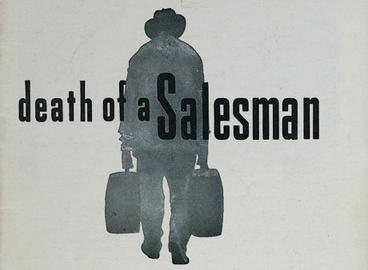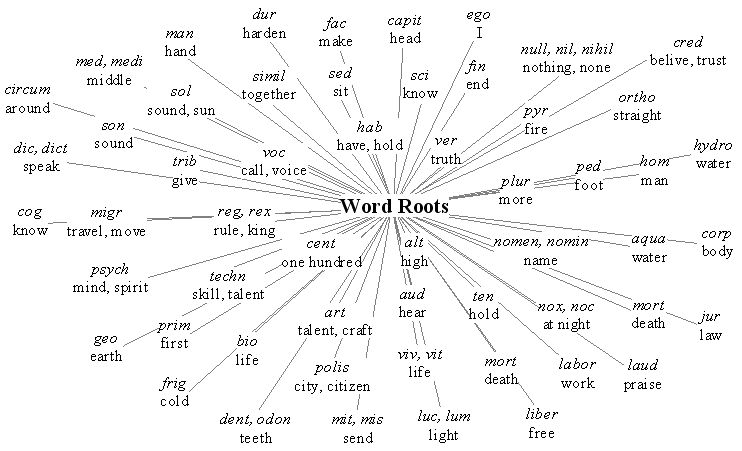1. Complete this worksheet about the elements of fiction. You will need to use theReadWriteThink link to find your answers. Please note, the elements are in a different order on the website than they are on the worksheet.
2. Learn about the different types of literary genres with this slideshare presentation. As you go through the presentation, take notes answering the following questions:
1. What is a genre?
2. Which genre do you find most appealing and why?
3. Focus in on some of the oldest forms of fiction: myths, legends, fables, folktales, and fairy tales. Visit the following websites and create a good definition for each of the terms: http://www.ability.org.uk/mytholog.html,http://classiclit.about.com/cs/10th14thcentury/a/aa_definemyth.htm.
- myths,
- legends,
- fables,
- folktales,
- fairy tales




